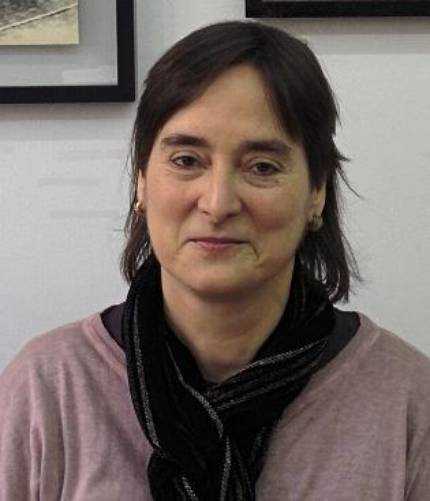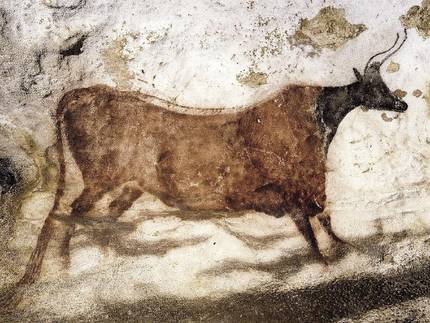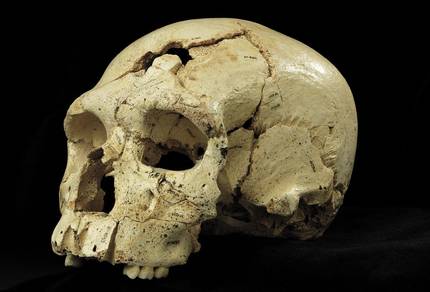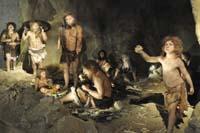The man Homo sapiens in his solitude
2016/03/01 Galarraga Aiestaran, Ana - Elhuyar Zientzia Iturria: Elhuyar aldizkaria

Until a short time, the question had a simple answer: H. sapiens is the apex of evolution, the best of those in its branch and the one that best suited the environment. This superiority has brought him to the top. In recent years, however, archaeologists have discovered indications that question this absolute hegemony. Given these footprints, it seems that those other human beings were not so “backward” or so different from us. Answering the above question is not so simple.
The experts María Martinón-Torres, Carmen Manzano Basabe, Joseba Ríos Garaizar and Diego Garate Maidagan have repeatedly raised this question and, although they do not have a conclusive answer, have exposed their hypotheses from a particular point of view. If they had to answer in one word, the words would be: versatility, culture, demographic growth and complexity.
Versatility
Maria Martinón is a researcher at the University of London and specialises in dental anthropology. He says all species need room. “We need it as individuals, but also as species. And this is not only man's thing, but it also happens with any other living being, whether animal or vegetable. In ecology it is known as the ecological txoko; in short, how it gets the species to advance, what role it plays in nature”.
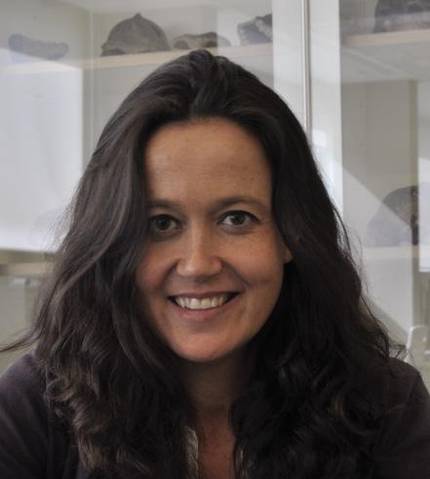
In this sense, Martinón pointed out that the species Homo sapiens is extremely adaptable: “It has demonstrated an unprecedented versatility that has led it to occupy all places on the planet, except the seabed, for now!”
However, beyond geographical expansion, Martinón believes that the key is: “has learned to do almost everything.” They say that a human being takes advantage of each and every possibility he has to move forward and thus leaves no room for anyone: “The only way to live with us would be to not compete with us, to occupy another place. But have we left room?”
Martinón rejects: “Homo sapiens is a hunter, collector, fisherman and farmer. Homo sapiens consists of predators and prey, leaders and dependents. Inside the homos sapiens the lights and not so clear have room, survive strong and weak, introverted and open, aggressive and pacifist. They enter skilful and clumsy, able to invent the tablet, but that does not succeed in frying the egg and vice versa”.
In addition, Homo sapiens has remembered that he eats everything, but there are those who never eat meat and do not test vegetables. “And he can live in the countryside, in the city, on the beach, in the desert and in an igloo.”
Thus, with its versatility and diversity, it has left no place to anyone. Martinón is clear: “It is very difficult to compete with a species willing to try everything, even what does not correspond (for example, flying). There is nothing that does not interest us. We have taken the organic txoko from any other human species.”
Culture
Carmen Manzano, professor of anthropology of the UPV, believes that the key is culture: “Now we are investigating to what extent Neanderthals had a developed culture and language. There is a debate there, there are some who disagree, but Chomsky says that the symbolic language, complex, we only have it, H. sapienso. This language indicates that there has been a change in the brain that is necessary to have a language like ours and develop culture. I am not a linguist, but in that I agree with Chomsky.”
Although some symbolic manifestations made by the Neanderthals have been found, according to Manzano they are “scarce”. “Those of our species are very rich, numerous and have worked in all human groups.”
Manzano also recalled a quote from the director of Atapuerca, Juan Luis Arsuaga: “Arsuaga once said that collective identity is very important in human cultural phenomena. And symbols are a sign of collective identity. And our complex symbolism, in my opinion, shows that we have a very strong collective identity. And also of oneself, as can be seen in the ornaments. For me the key is there.”
Manzano explained that to carry out the culture a great team is needed and believes that this had much to do: “Culture is an innovation that someone comes up with. The more it is, the more likely someone has an idea. And when modern man arrived in Europe, Neanderthal groups were very small, due to climate change, etc. In my opinion, that was decisive.”
Deepening the idea of culture, Manzano has also mentioned the “cultural txoko”. “Some say that our species invented a new corner: the cultural one. That’s a new selective pressure.”
And it relates to the Baldwin effect: “The Baldwin effect explains that a new behavior (may be cultural or technological) can influence genetics. This is a hypothesis in which those who have the ability to devise or internalize progress have a genetic component that allows them to have special brains or more flexible neural networks. It is possible that in our species, when progress has been invented, individuals who have best invented or assimilated it have had more descendants. As we have said, it is a hypothesis, but this would mean an increase of this genetic component in the group.”
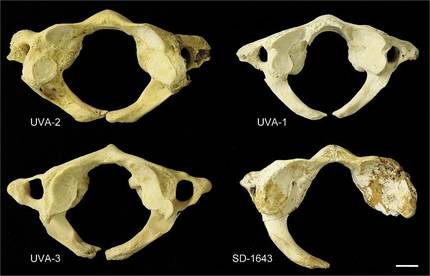
Manzano believes that it is possible that the Baldwin effect “has an obvious influence” on the origin of our species. “This would mean a significant increase in group density. And when they came to Europe and met the Neanderthals, they assimilated them.”
In fact, Manzano never believed that the Neanderthals and the H. sapiens did not cross each other. “Although the first genetic data said so, I never thought it was so, because there were other data suggesting that there was some sort of crossing.” Time has given him reason, because it is now clear that the Neanderthals left their mark on our genome and therefore crossed with H. sapiens.
This is how this European passage is represented: “Neanderthal groups were small and weakened, those of our species were many and formed large groups. And above all they had a very large collective personality. And then there was assimilation. In Asia the same thing happened: the denisoveses, some H. erectus, H. floresiensis... were but, on the one hand, they did not cross because they did not like and, on the other, they were more newcomers”.
Population growth
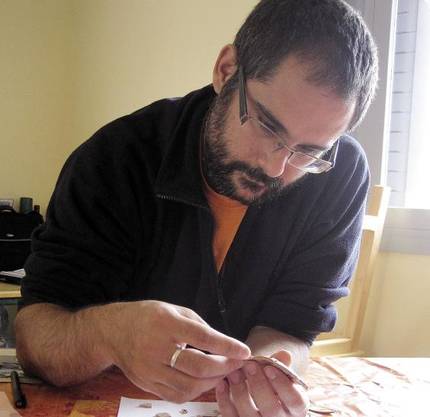
The question has generated new questions to Joseba Ríos Garaizar, researcher at the Research Center on Human Evolution CENIEH. However, he dares to respond, “because it is true that in his day there were four species at once: Neanderthals, denisoveses, humans from the island of Flores and us. And we just stay.”
Nevertheless, he considers that the explanation is not simple: “H. It only tolerates sapiens, but at first it was going to be mixed with other species, at least Neanderthal and Denisovese”. In addition, he considers that H. sapiens would also have extinction processes, but limited: “Probably the first H. sapiens who came to Europe disappeared completely. But we know very little about that.”
Despite the loss of those first teams that traveled from Africa to Europe, Rio explains that the African population grew steadily. “And one of the options they found to move forward was to take other places. So they went out on the waves.” For Ríos, this has to do directly with the success of our species.
He says Neanderthals did not have that behavior: “Neanderthals were in Europe and were in a demographic stagnation. They also suffered demographic crises, as shown by the genetic studies of fossils of El Sidrón (Asturias). At that time they would have less genetic diversity, but they were able to repopulate all of Europe. However, they did not leave Europe. This indicates that its population was somehow more stable, not growing as our species does. Perhaps they had better balance with their environment, or even social balance, and for example controlled births... ”
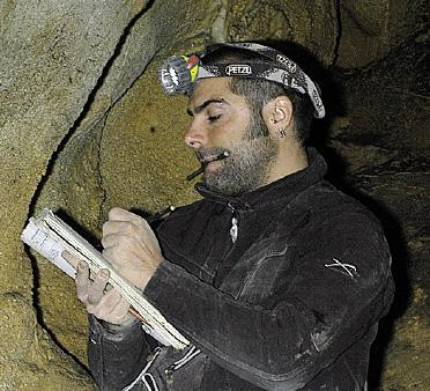
In fact, consider this behavior as a characteristic feature of our species: constant growth and expansion. What he does not know is whether the reason behind is biological or social. “If necessary, it’s at both, but we don’t know, because we have very little data on what happened 40,000 to 50,000 years ago in Africa, for example in Egypt, in Sudan... If we clarify this, we can answer many questions. From there man has always gone north, and it is possible that this is the solution he has found to climate change, scarcity of resources or demographic growth.”
Rios warns that today we continue to do the same. “We do not take measures to limit the population, we attach great importance to care... In that sense we are a very special species.”
Returning to the past, he believes that this same growth would mean the appearance of works of creation, technological advances and social mechanisms. “It seems that the symbolism appears suddenly in Europe by the hand of H. sapiens and with a very high stylistic quality. But this improvisation makes no sense. Surely they already had it but did not need it. And when do they need it? When they have to move and maintain cohesion within the group. This requires social mechanisms, and one of the social mechanisms is symbols, symbols that unite people. Therefore, the creativity, technology and social mechanisms that have led to growth have given success to our kind of moment,” says Ríos, putting strength in this last word. For now.
Complexity
Diego Garate Maidagan, researcher at the University of Toulouse and technician of the Museum of Archaeology of Bilbao, recalled a species that has not been cited by previous experts: Red deer cave man. He explains that he was a coetanist of the Neanderthal, the Denisovars, the man of Flores and H. sapiensa [the fossils have calculated that they are between 14,500 and 11,500 years old], but it seems that he disappeared without being confused with them.
“We don’t know much about them, in short, we only have those fossils found in two caves in China [Longlin and Maludong]. However, it seems that, like H. floresiensis, it was an isolated group that evolved naturally and became extinct on its own.” However, it does not rule out that in the coming years data appear about them and others that are not yet known. “Once they’ve been, we’ll better understand the landscape of the time,” explains Garate.
However, Garate believes that the “great protagonists of the film” are Neanderthals and H. sapiens. “The rest of the protagonists bring wealth to the film and break the linear vision, but the knot of the film is produced among them.” When it comes to explaining the evolution of the film, it has followed the same path as Ríos (they are noted that they have been working together for many hours) and has highlighted the tendency to migrate of our species.
Along with this, he mentioned the idea of complexity: “Our species has demonstrated its ability to adapt to the places where it migrated, being key to this our complexity. It includes culture, relationships between groups, the ability to control and dominate the landscape, the impulse to the creation of new attitudes... In reality it is a mere speculation, but it is true that in the last twenty years the vision has changed a lot and within twenty years we will have other questions to answer”.
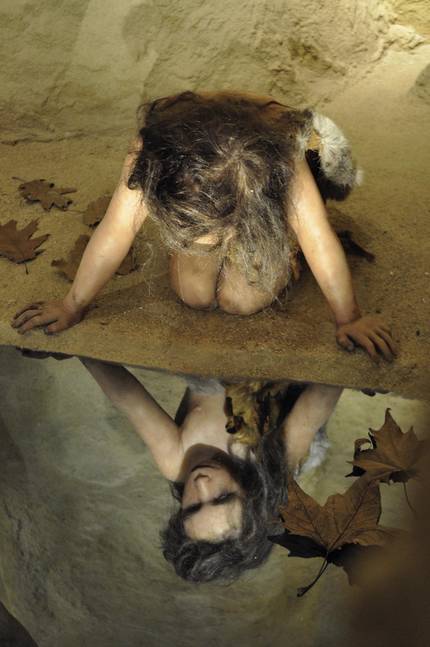

Gai honi buruzko eduki gehiago
Elhuyarrek garatutako teknologia




